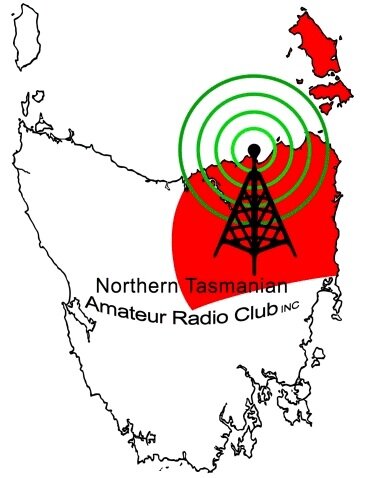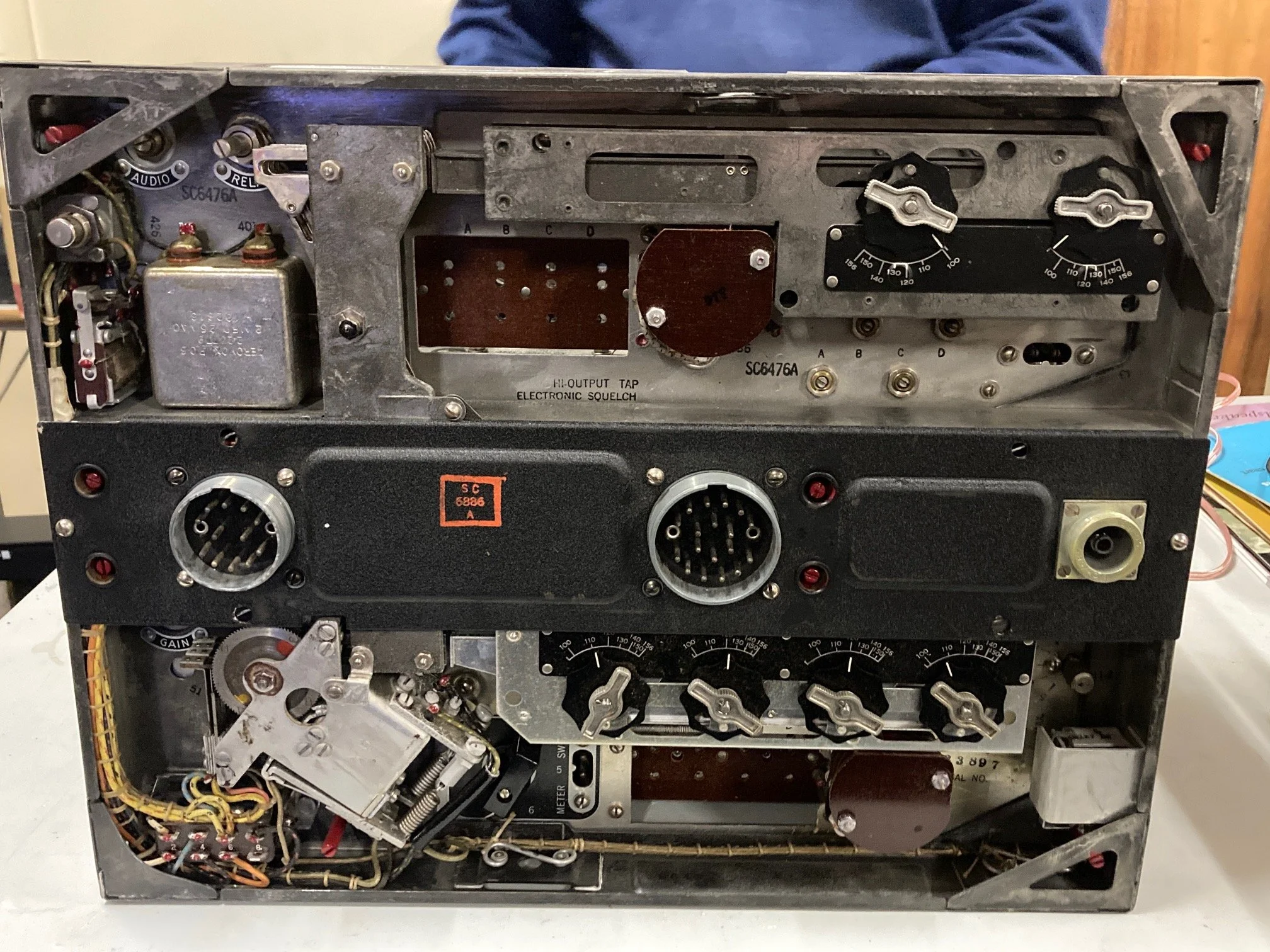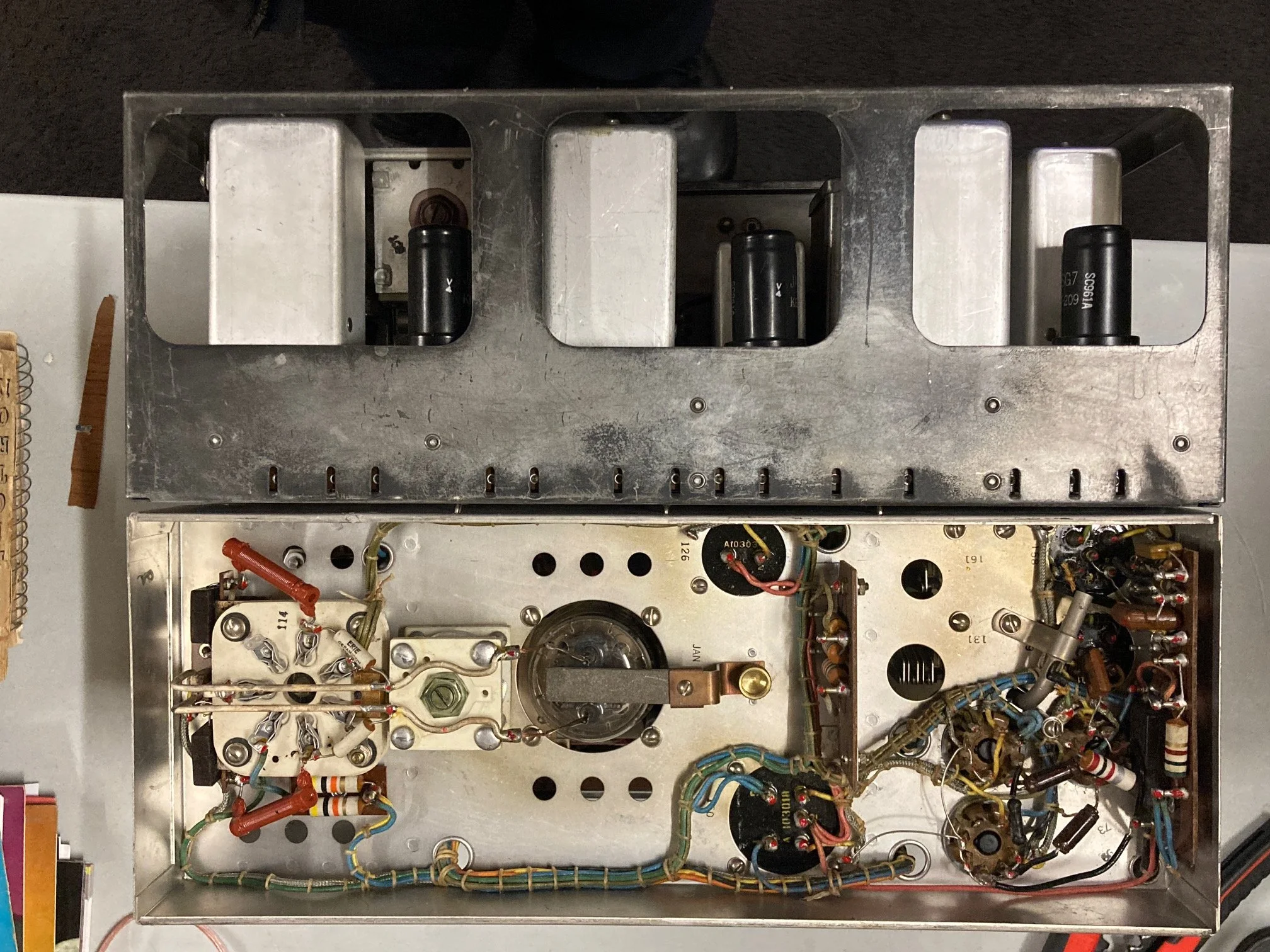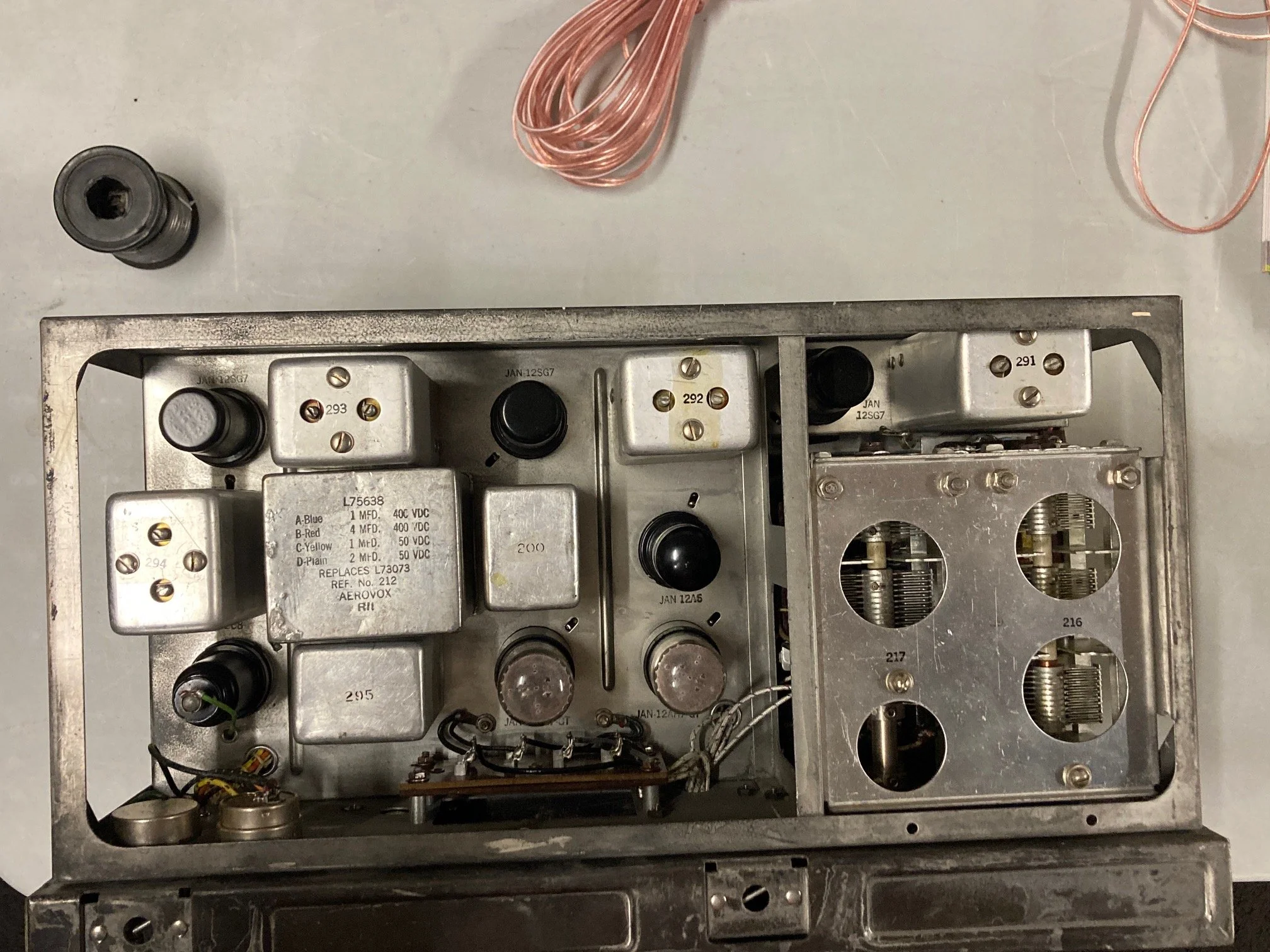Broadcast - 12 October 2025
It is with great sadness that we report the passing of Meg Hodge.
Meg passed away peacefully, on Wednesday the 1st of October 2025, surrounded by family. Although not an amateur radio operator, Meg is the wife of Wayne VK7FWGH and they have been members of NTARC for over a decade. You may not have ever heard Meg on air, but if you had attended NTARC meetings and social events, like coffee morning and barbeques, you would be able to put a face to the name.
Early on when Wayne was volunteering at Equine Endurance Rides, they would bring their fifth wheeler caravan, which was so spacious it was outfitted with a full size oven. So on ride days we were continuously plied with freshly baked scones with jam and cream. Sometimes even delivered to remote check-points. HiHi
Meg’s health had been declining for many years and she recently moved into the care of the Beaconsfield District Hospital.
A minute’s silence was observed on behalf of all club members at last Wednesday night’s general meeting. On behalf of NTARC, the Committee wish to pass on our condolences to Wayne and family.
Family and friends of Meg are warmly invited to attend a service to celebrate her life, to be held on Thursday the 16th October at the Beaconsfield Community Centre, 92 Weld St, commencing at 10am. For those that are unable to attend there will be a live stream, using the link in the text addition. Lethborg Family Funerals
You are greatly loved and will be missed by all.
Vale Meg (SK).
Users of VK7RAA, 2 Metre repeater on Mount Arthur, please note that due to the ongoing problem with the squelch opening it has been decided to implement tone access. This will require your transceiver to send a CTCSS sub-tone of 123.0 Hz on your transmissions. This change will be implemented in the near future, depending on weather and site visits. It will stay in effect until we can resolve the interference problem.
And now for something completely different, Nic VK7WW donated a heap of equipment and sundry parts and gadgets to the club. Ross VK7ALH decided to investigate a still sealed cardboard carton that had an original unopened feel about it! The seal was quickly broken and the contents disgorged onto the floor.
Once out of the carton it was a very nondescript cube shaped object. Mostly black panels on all sides, with one side-strip hosting two quite large multi-pin connectors and an antenna socket. No other knobs, dials or displays or even a name but it was definitely electronic in nature. If you can imagine a rack mountable incognito cube you would be pretty close. As it was getting late we loaded the box into Ross’s car for him to investigate further.
Next technical night it returned, also with Ross’ explanation, it was an aviation transceiver manufactured during World War II and so far from the looks, it has never seen service. In fact it was the original factory dispatch carton. Not sure how Ross got it from his car boot and into the club room but the plastic table was groaning under the load. If nothing else its new claim to fame is its sheer weight, as it would have to be measured in tens of kilo grams, and this was intended for aircraft! The interconnected covers were removed and Ross revealed the identification plates. The cube contained a transmitter and receiver, two separate chassis combined into the one enclosure making it suitable for rack mounting. This particular unit contained a BC-625A transmitter and BC-624C receiver. These were British manufactured units making up the TR-1143 VHF radio system used in military aircraft during World War II.
Operating on four crystal-controlled channels between 100–156 MHz and with a transmitter delivered 8–12 watts of RF output, it enabled FM two-way voice communication between aircraft and ground stations. It evidently would have been powered by a 28V DC system via a PE-94 dynamotor.
There was an equivalent American version of this set up known as the SCR-522.
Although external connections for both units are the same and these major units are interchangeable, the internals are quite different. This allowed for the standardisation of the wiring harness on aircraft for allies on either side of the Atlantic. The connector sockets were for power, antenna and remote control equipment.
This unit evidently proved very popular amongst 2 metre amateur band users after the war when they became available. I am in the process of downloading some schematic circuit diagrams to ascertain what function the mechanical Uni-Selector performed and its interconnection between Transmitter and Receiver.
Thank you Nic and Ross.
Lionel VK7ZLB brought in some RF goodies he plans to use on the next VHF field days.
Freshly arrived in the mail were a couple of microwave power amplifier modules; these were the more robust versions with a built-in RF circulator and 50 ohm termination. The circulator provides amplifier isolation from the load as reflections are passes onto the termination. There was also a selection of solid state RF switching modules and a couple of tiny LNAs or Low Noise Amplifiers the size of a $2 coin.
He then gave a presentation on current amateur microwave activities like contacts on 1296 MHz by bouncing signals off geostationary satellites. He took us through the latest “432 and above EME” newsletter. The link is in the broadcast text. 432-and-above-newsletter
There were some very impressive EME setups and there seems to be a lot of EME activity worldwide. However Lionel noted that the only state in Australia that is not active is NSW, which has the most amateurs! That’s Interesting?
Lionel also showed the setup of Max SA5IKN in Sweden for the recent ARI Italian EME Contest on 10GHz. He was portable and using a tent to keep the rain off. One of his contacts was Richard VK7ZBX as noted in the last state news. And the latest activity is doing SSTV on 23cm via EME.
Thanks Lionel ……
Now a very important reminder, JOTA is coming to NTARC club rooms Rocherlea. It is planned to be operational from noon on Saturday the 18th of October and 10 am on the Sunday. The usual activities of Radio talking, some morse code activities, electronic kits, JOTI internet chat and Fox hunting weather permitting. We will be operating with Paton Park on the North West Coast. Operating on VK7RMD 2 metre repeater. If anyone is listening and hears a CQ from a scout feel free to have a chat. So check your calendars and see if you are available for any period of time over the two days, any assistance would be very much appreciated. Please e-mail the secretary or turn up if you can.
As always pictures will be available on the NTARC Web site under “Blogs” for this broadcast. NTARC Blogs
UPCOMING EVENTS
On Air Test and Technical Net session - Every Wednesday, Test-Net and CW course on 3.580 MHz from 7 pm, then a Technical Net on 3.567 MHz from 7.30 pm till 8.30 pm. Your host for the evening is Nic VK7WW.
Club Room Technical night - The next session will be this Wednesday the 15th of October and will commence at the usual time of 6.30 pm at the Club Room Archer Street, Rocherlea.
JOTA at NTARC club rooms. - Saturday 18th of October from midday and Sunday at 10 am.
Coffee Morning - Held every Friday in the NTARC Club rooms. Time is from 10 am to noon.
Finally – If you have any items of news please email them to the Secretary at the following address news@ntarc.net all items to be received no later than 5 pm on the Friday prior to the Broadcast.
That’s all folks,
73, Stefan VK7ZSB.









